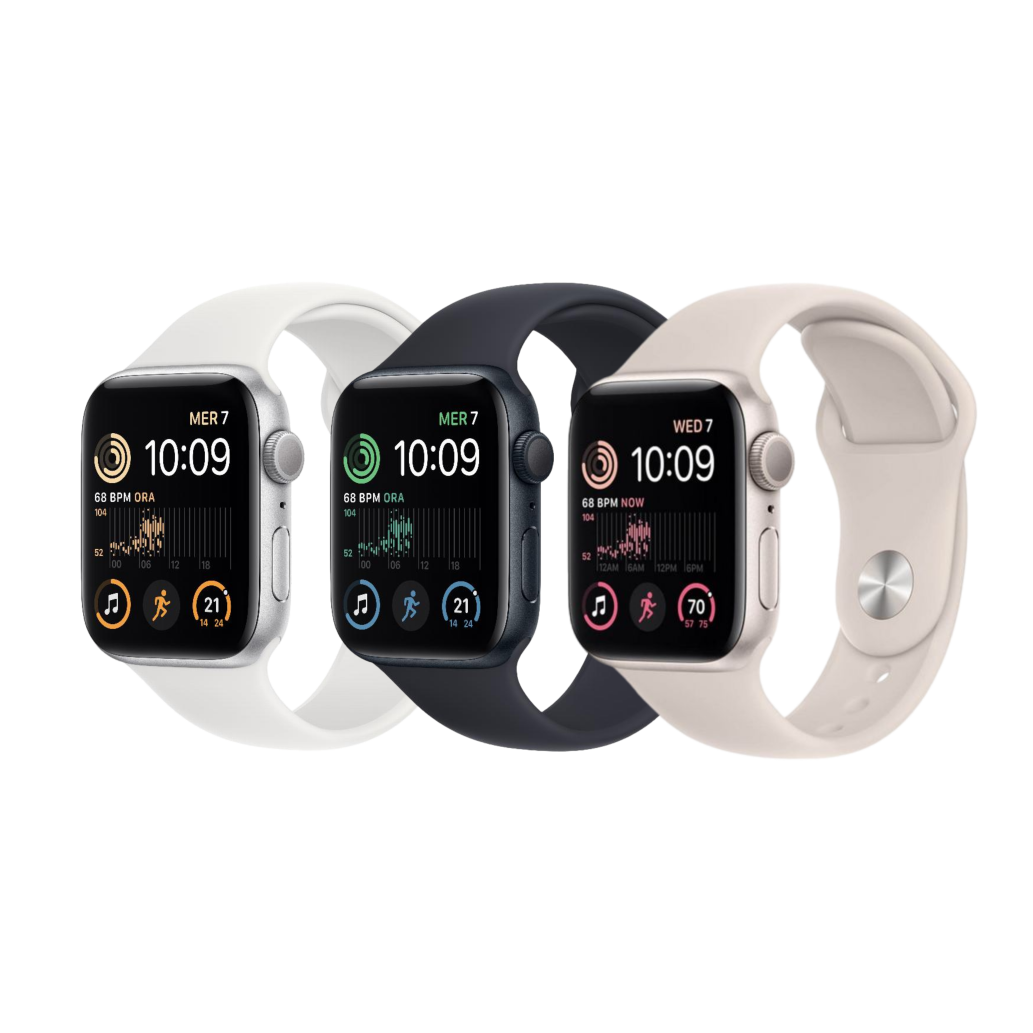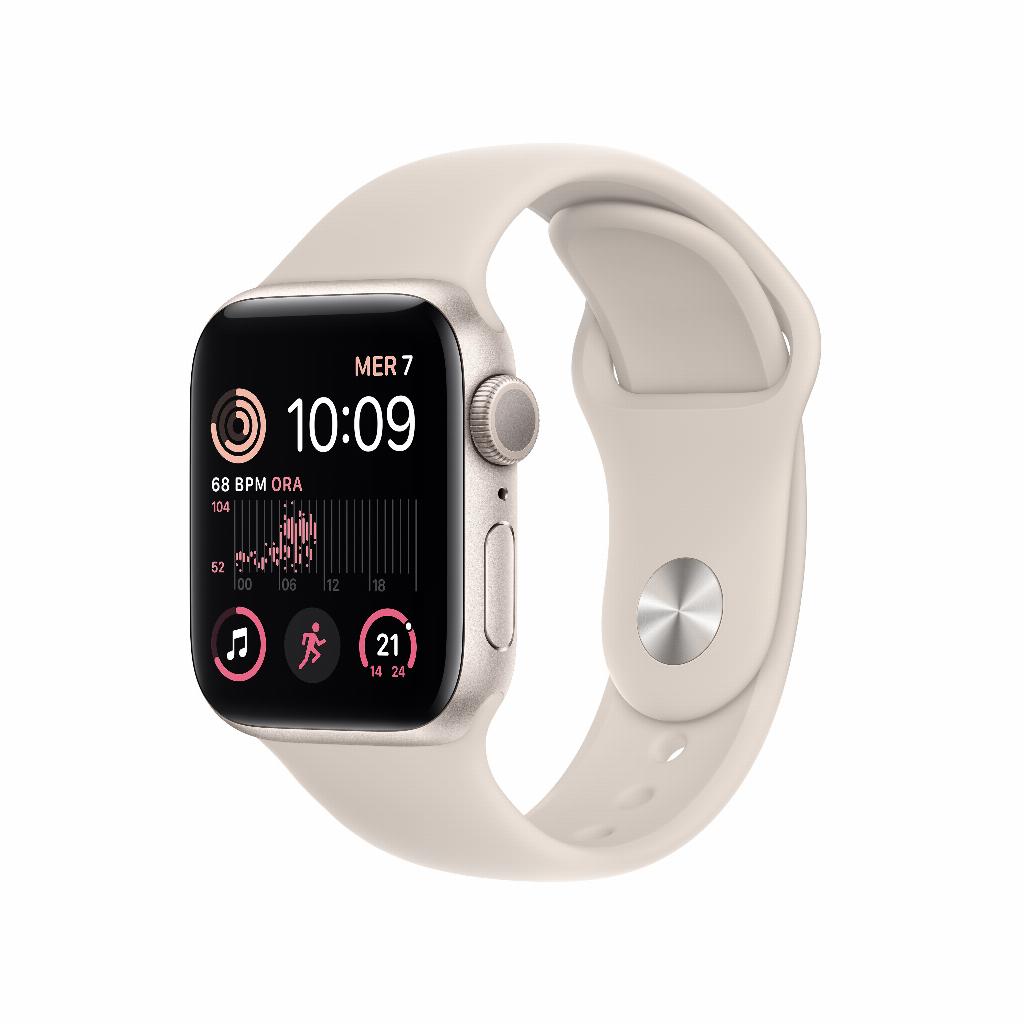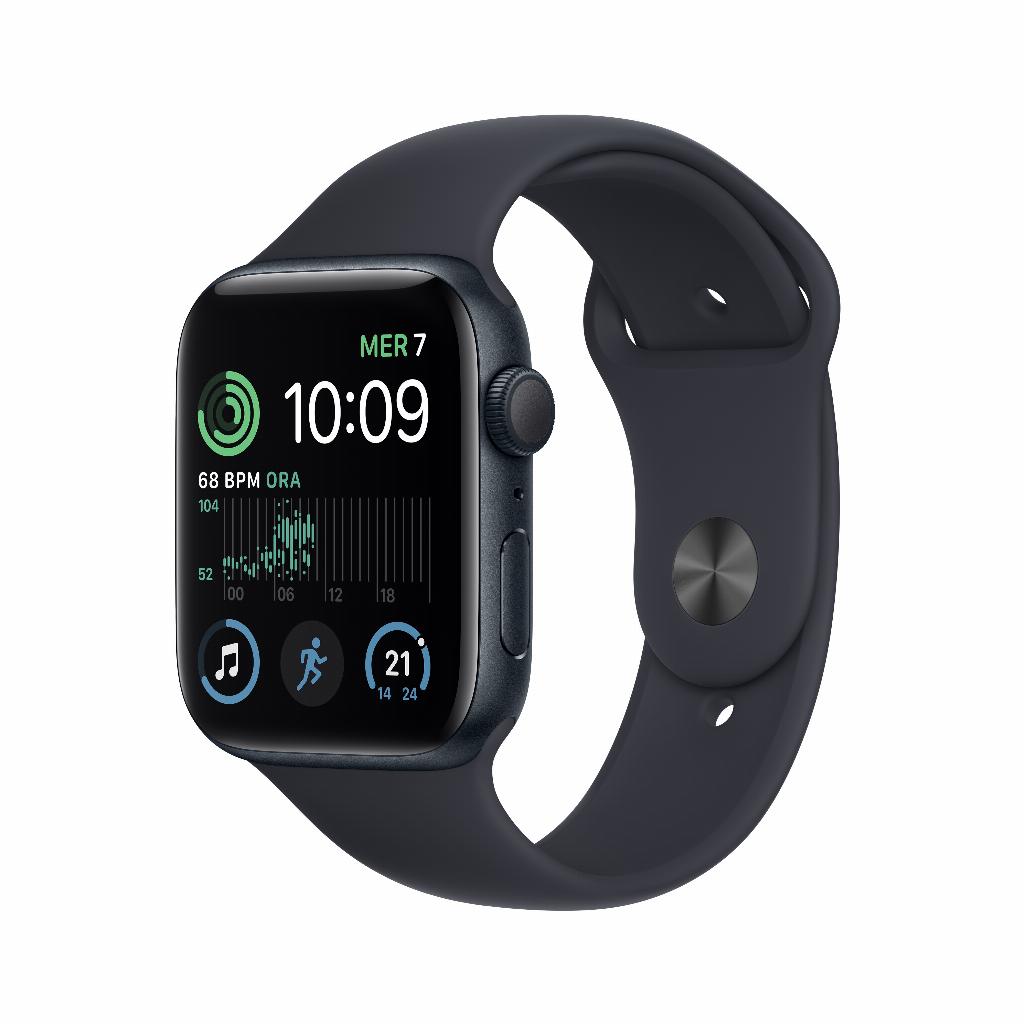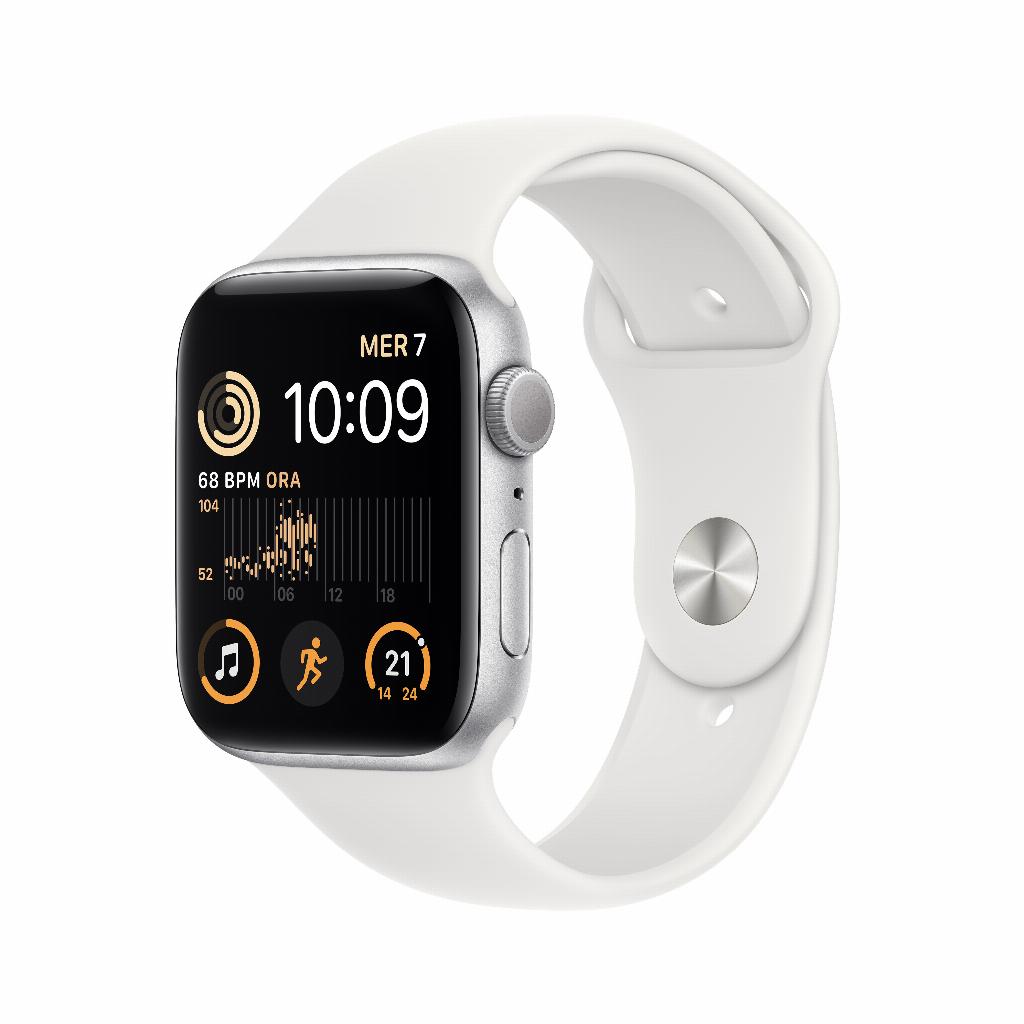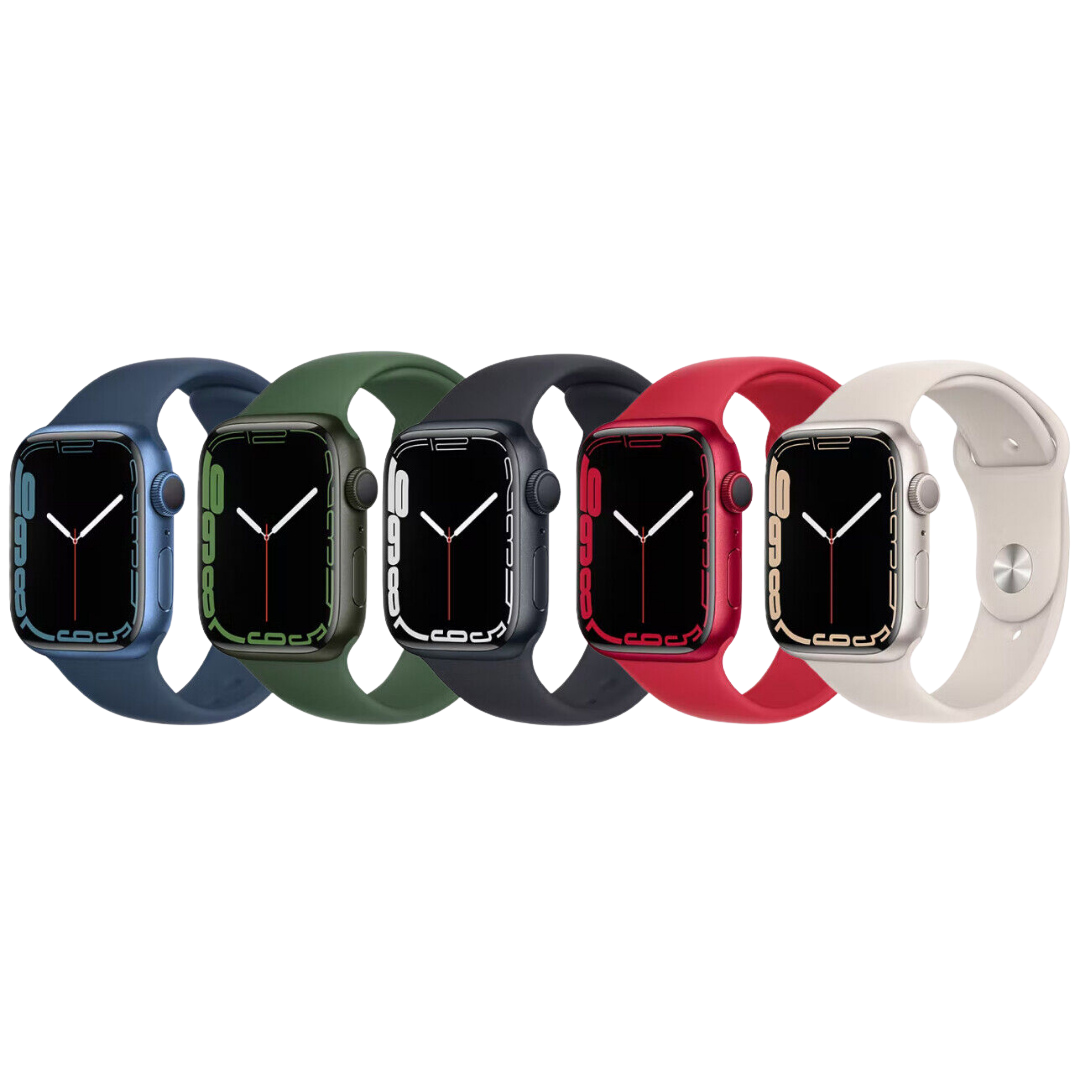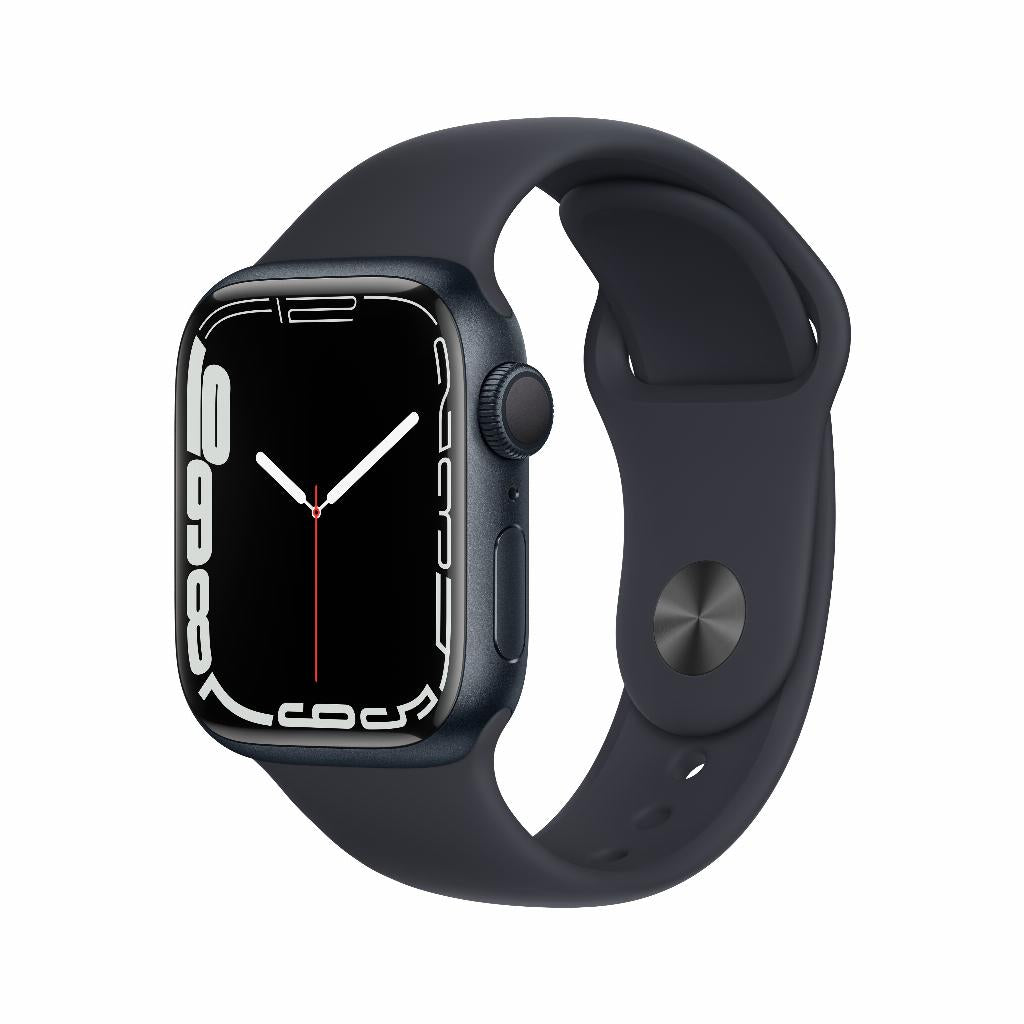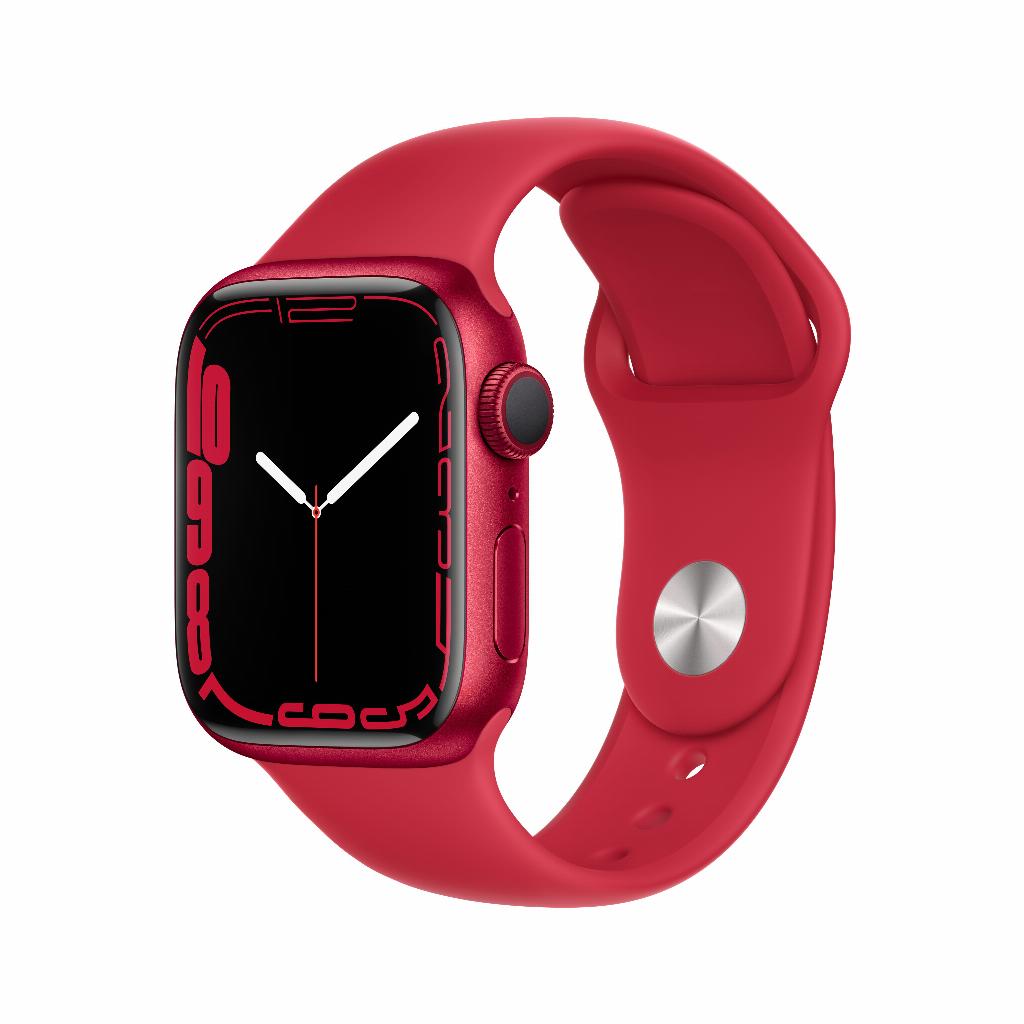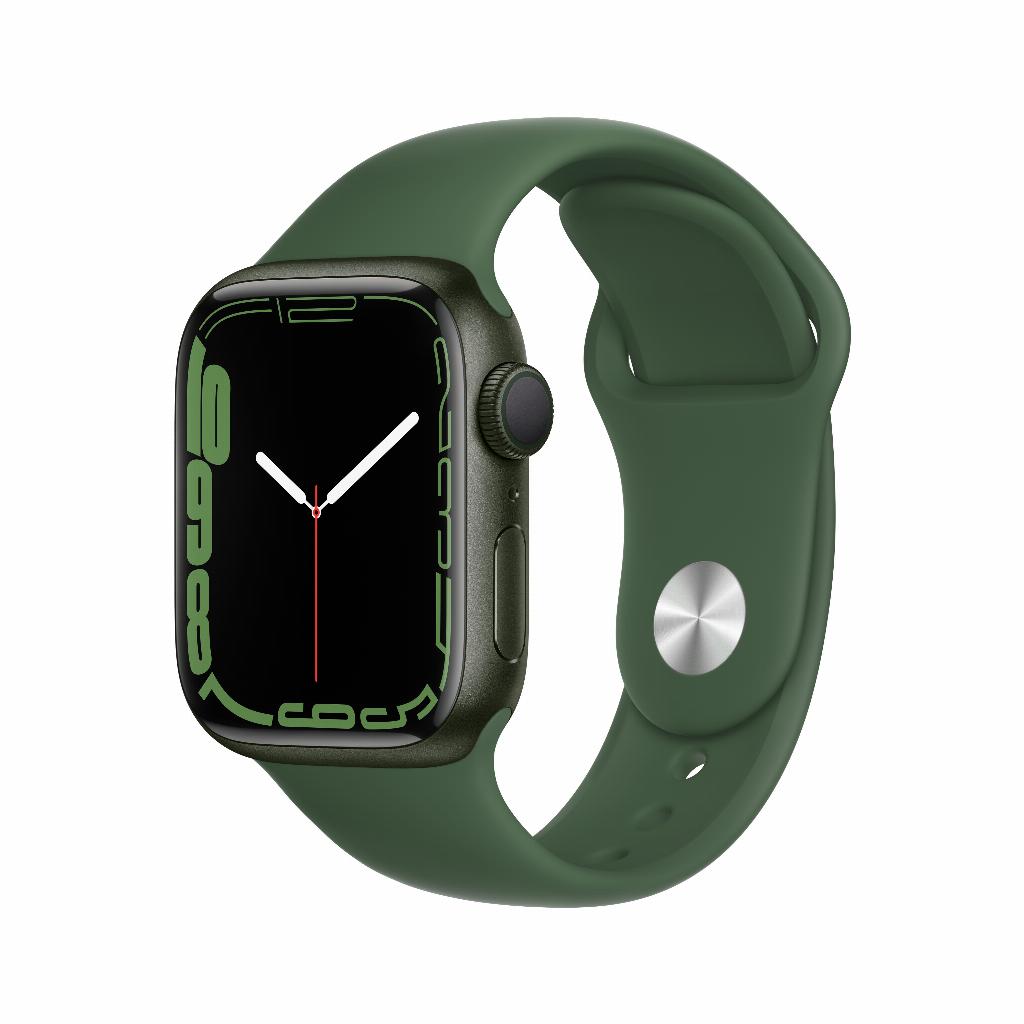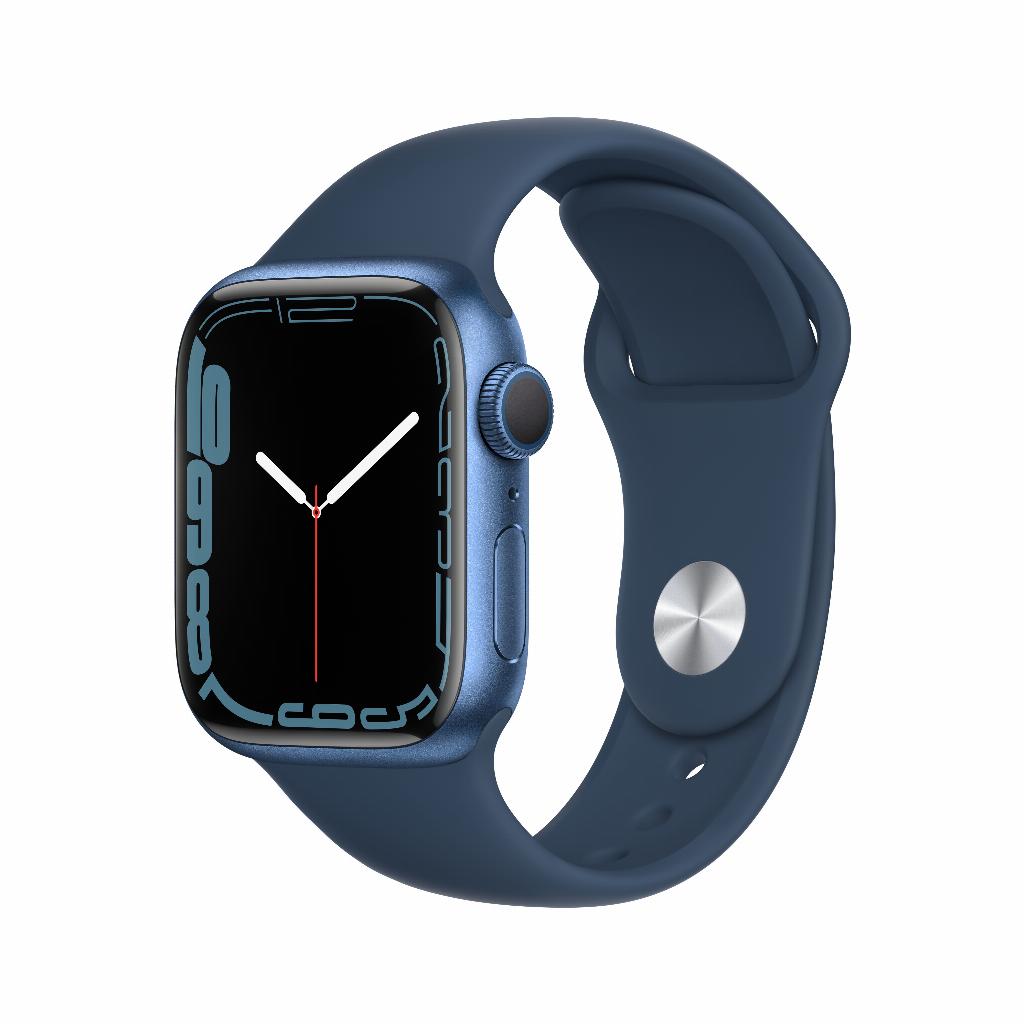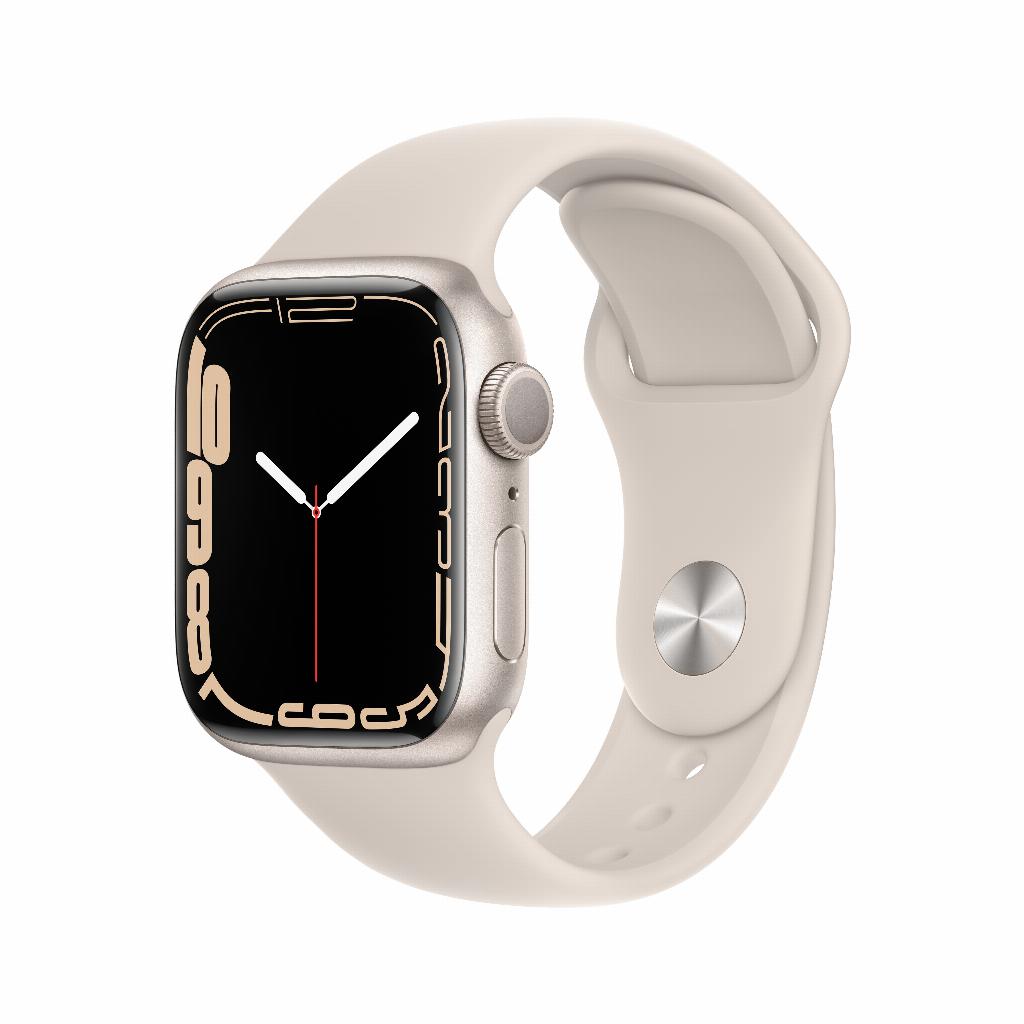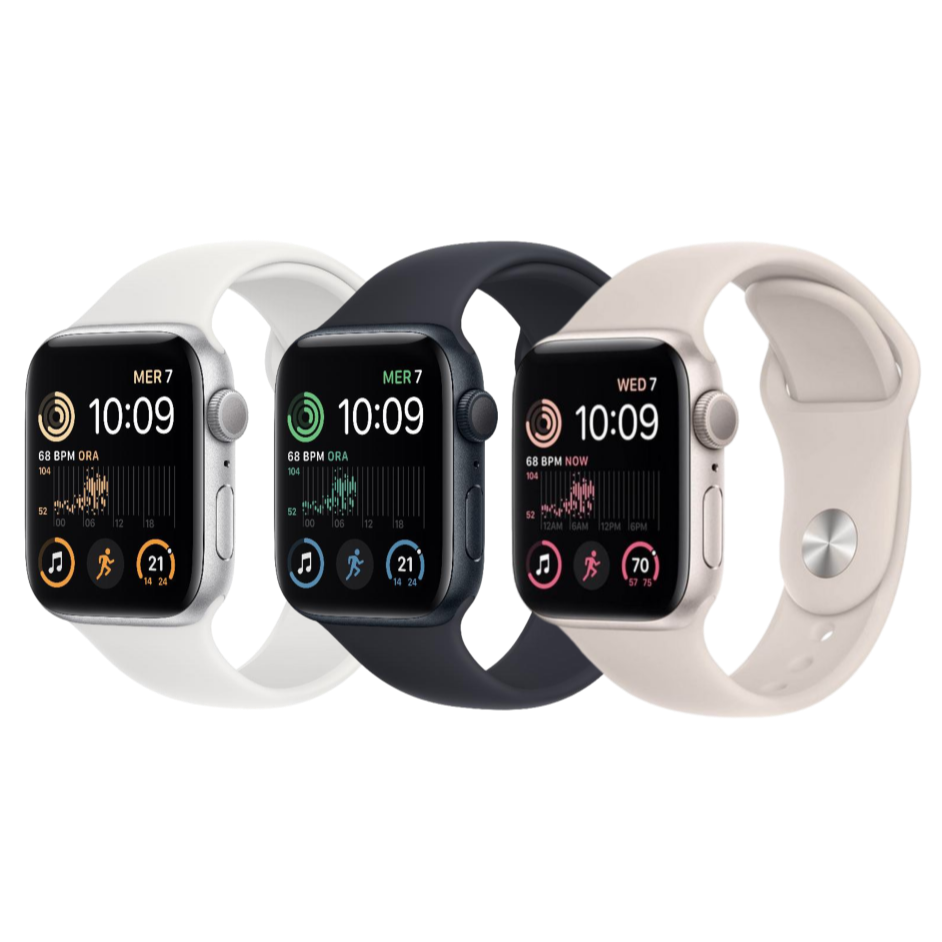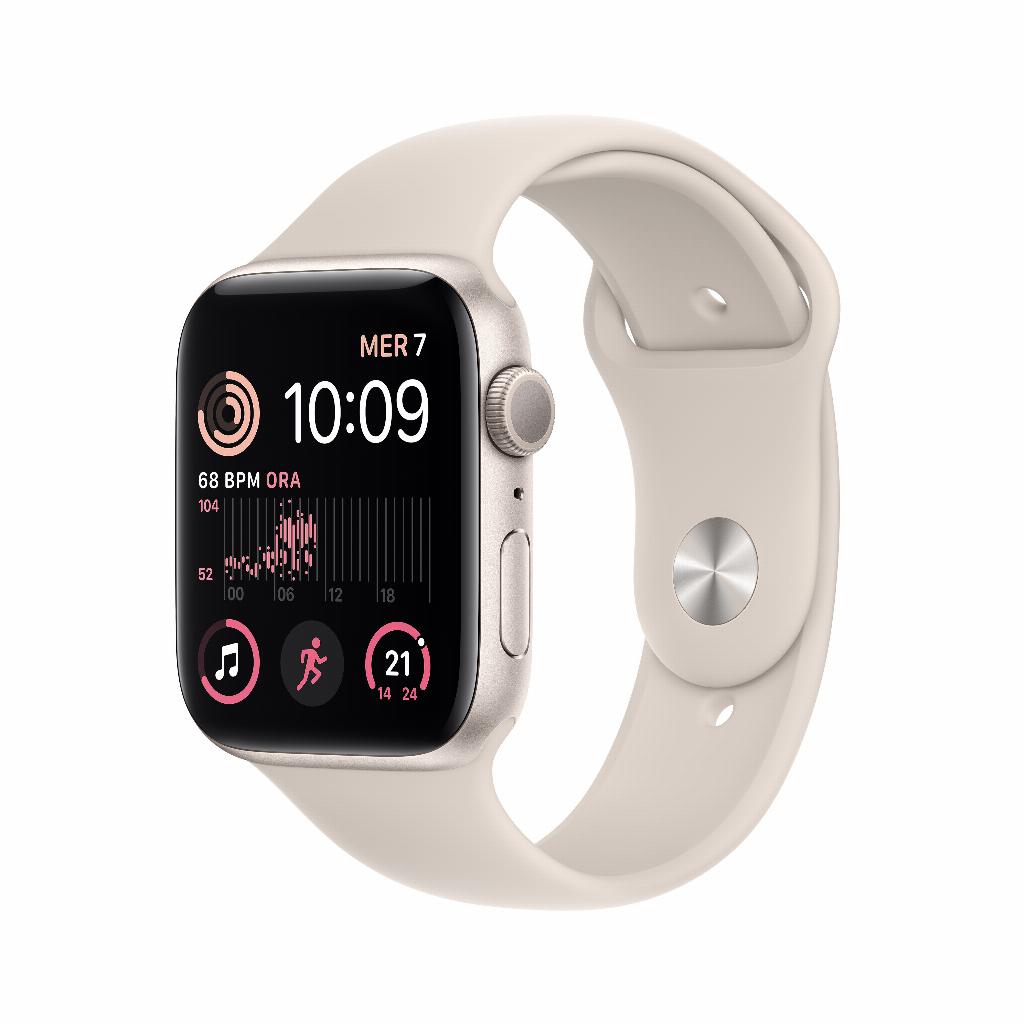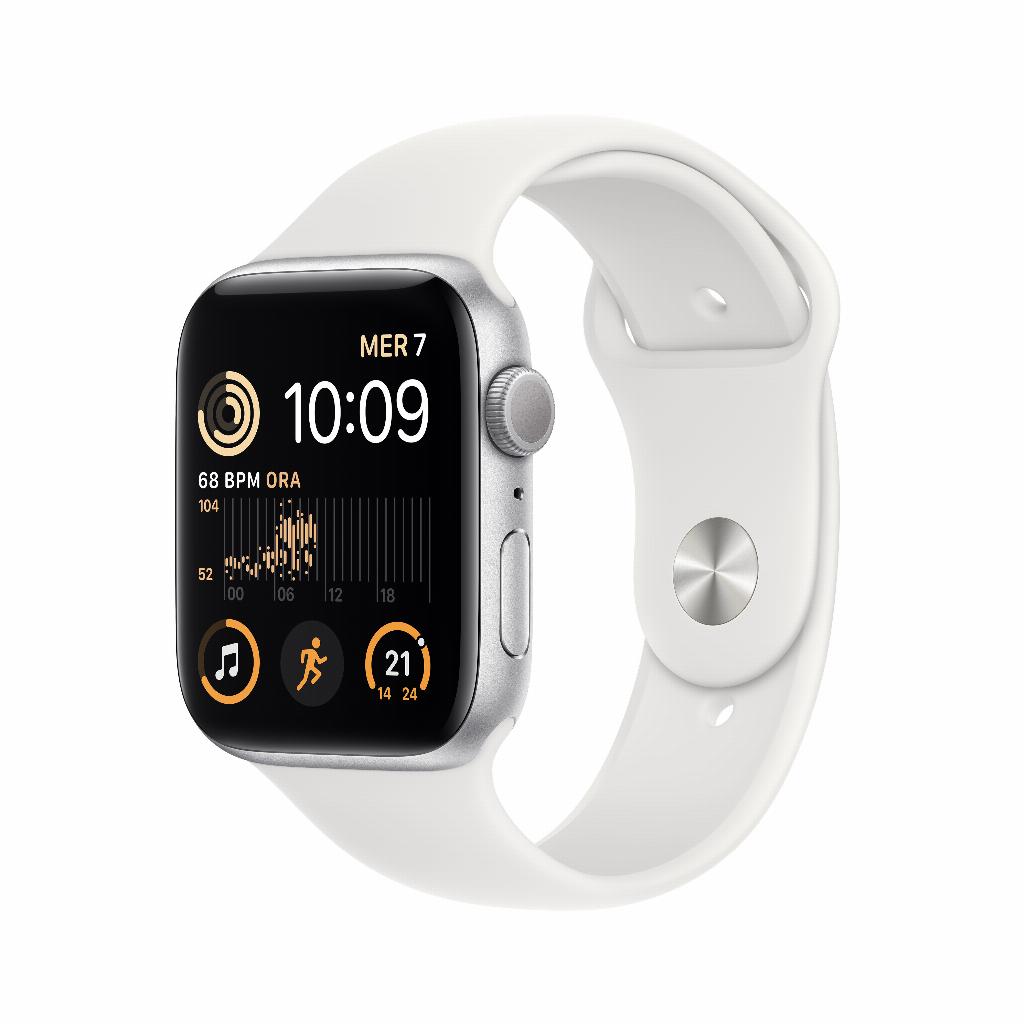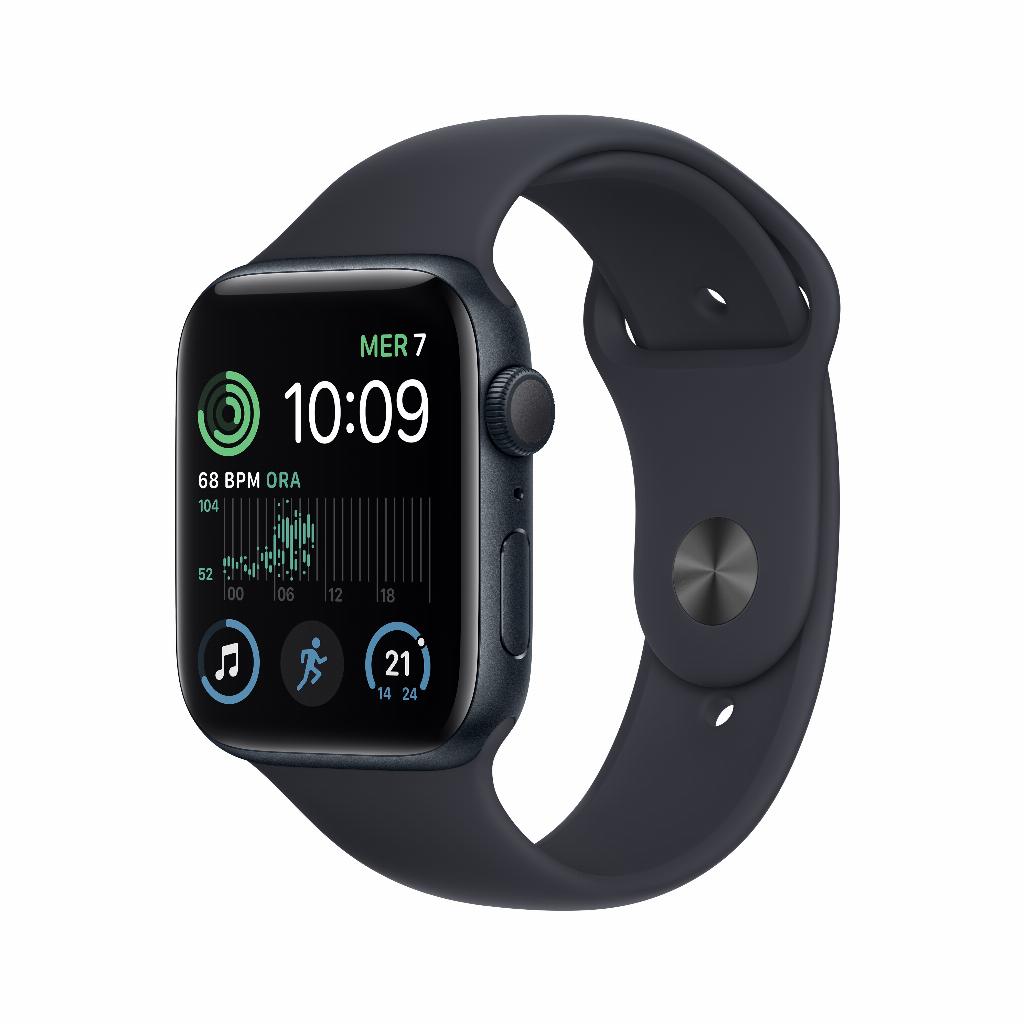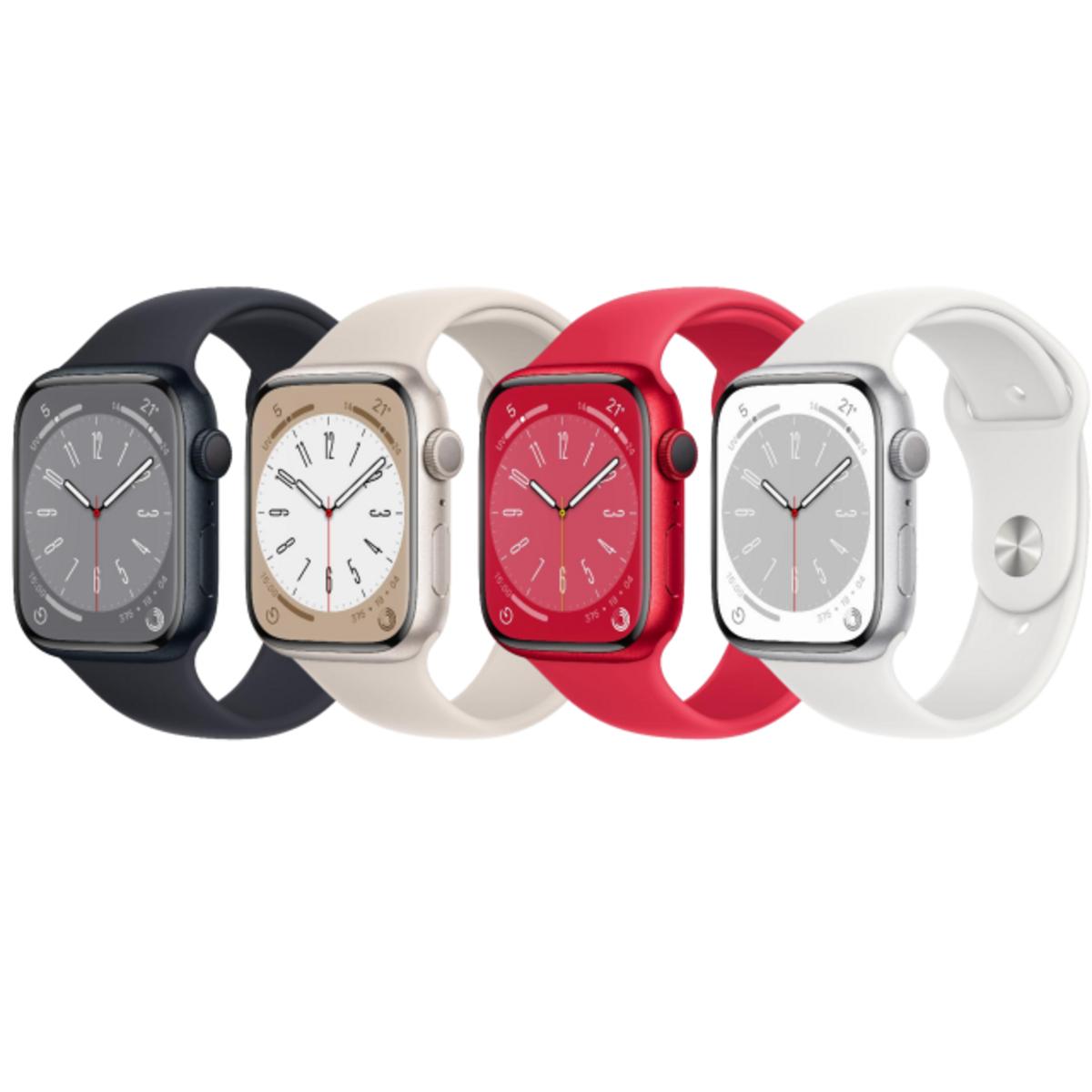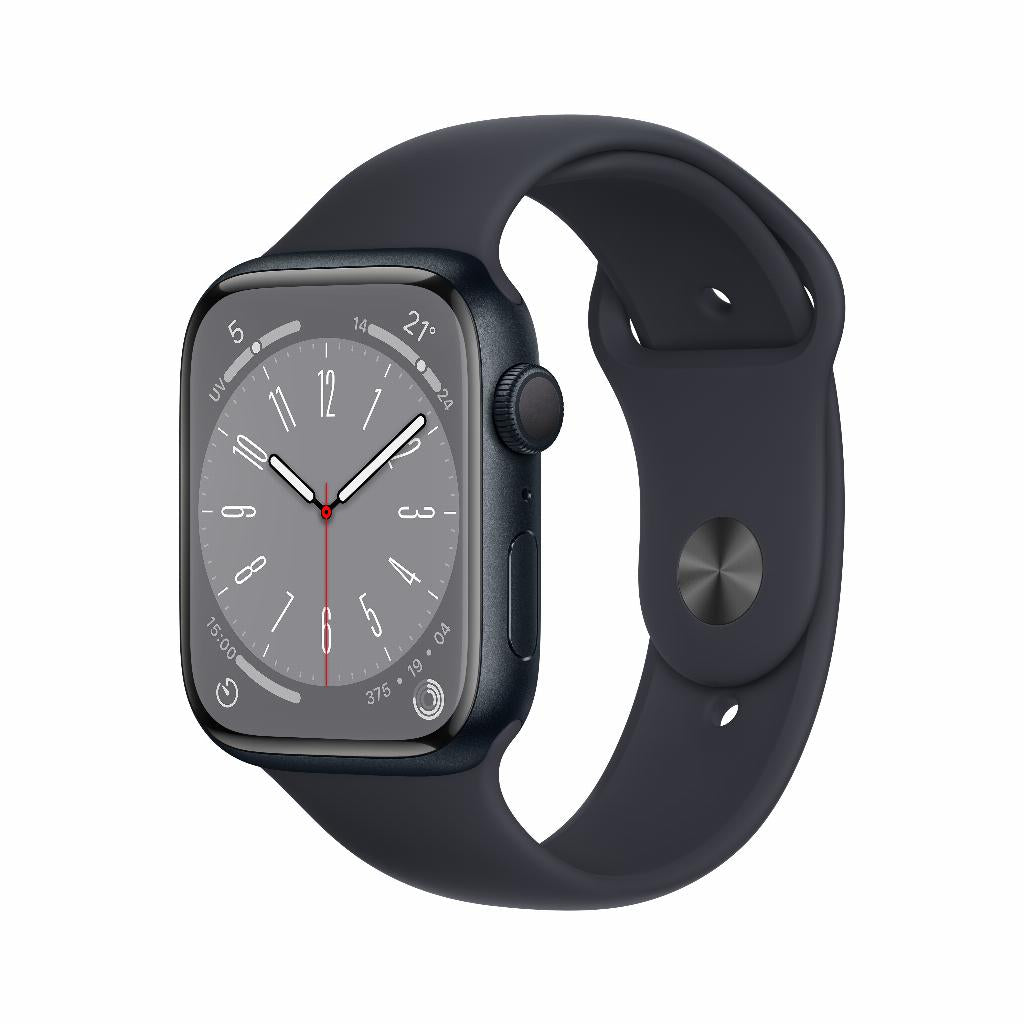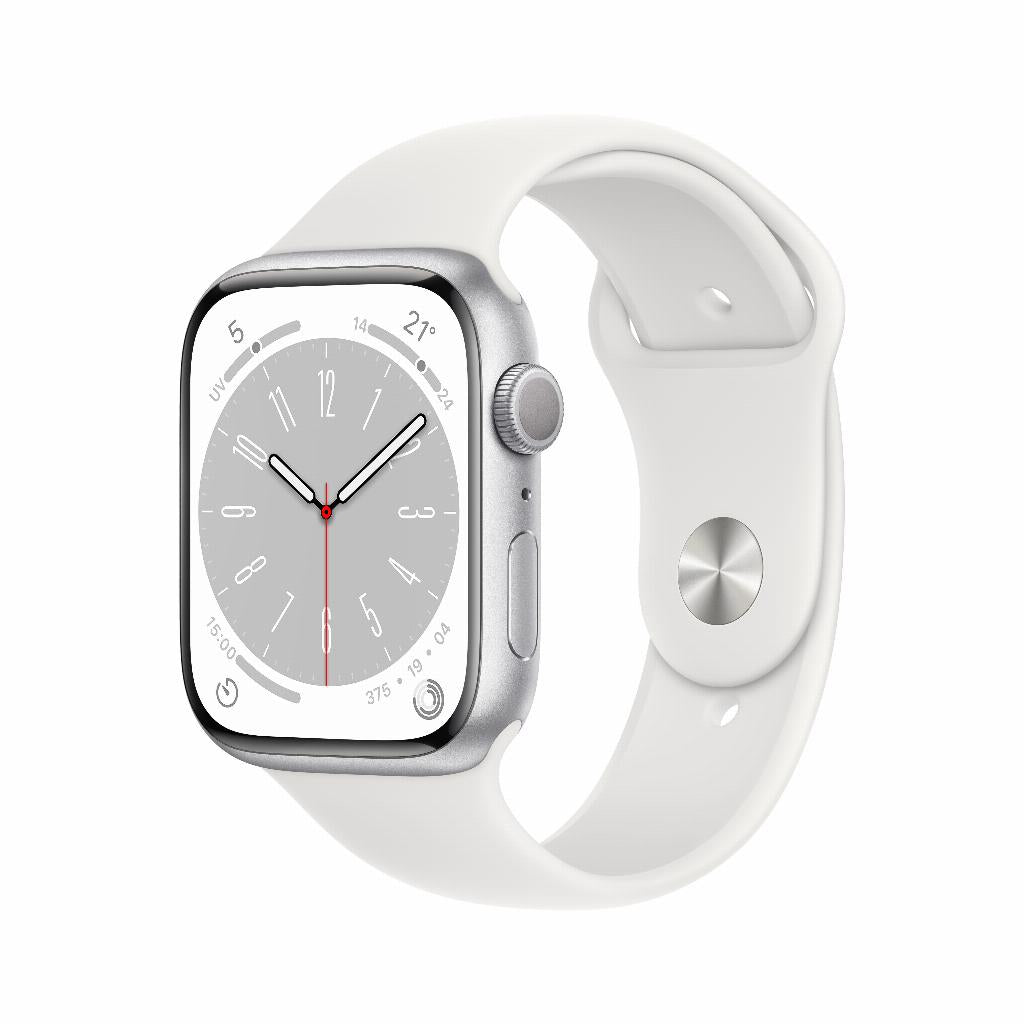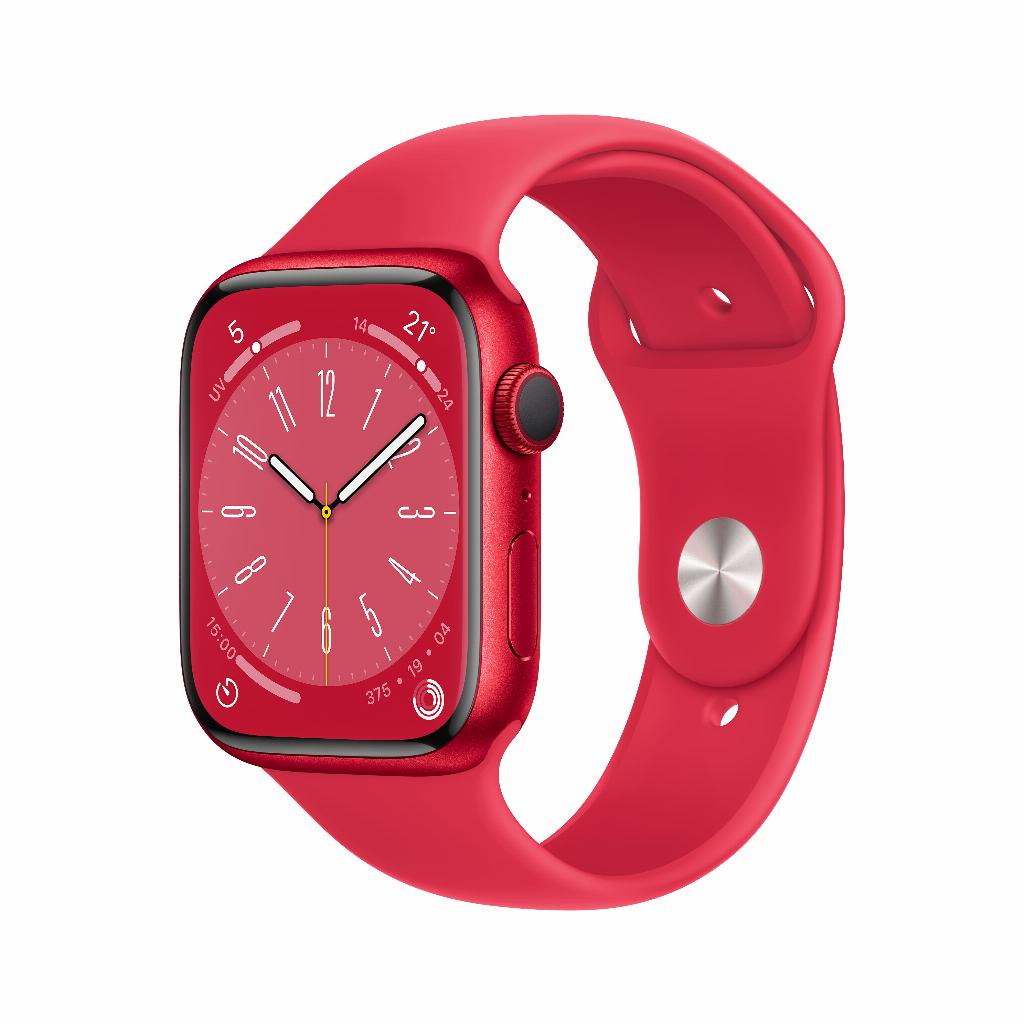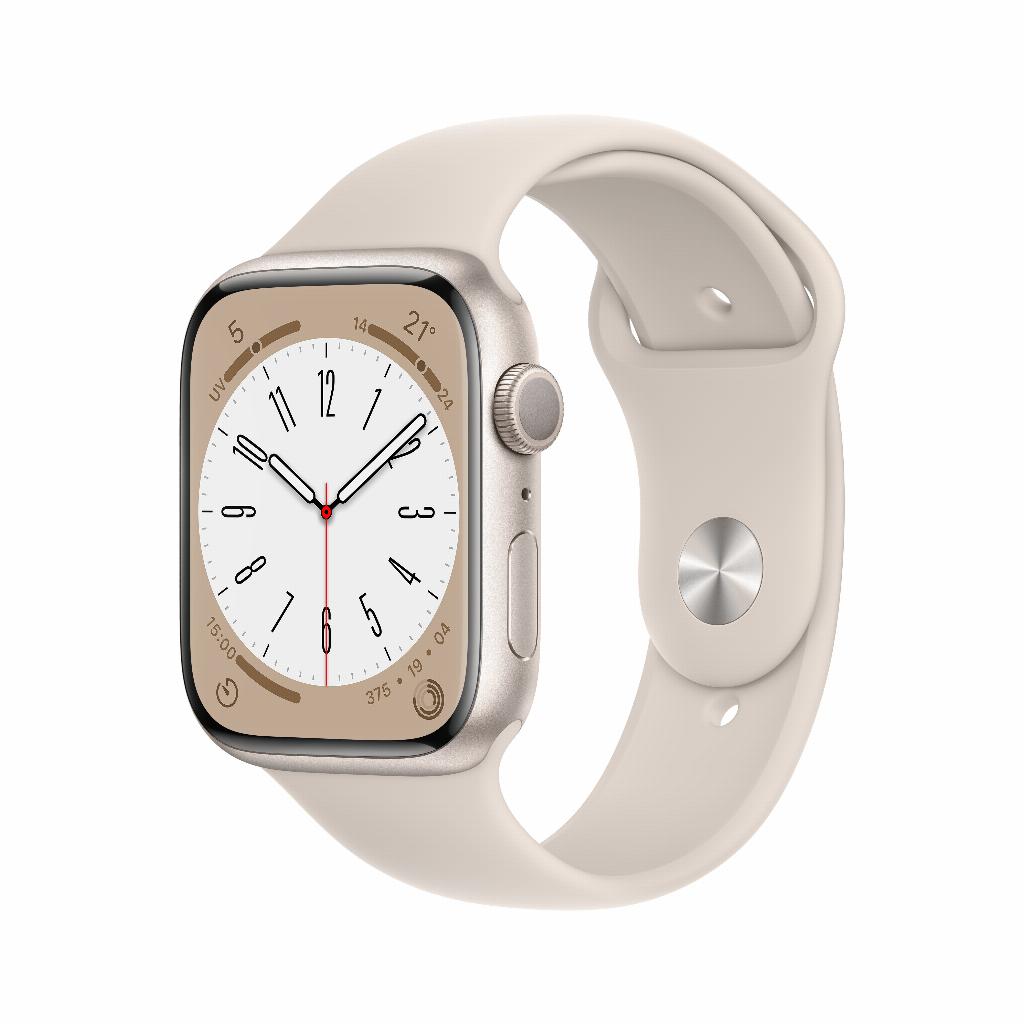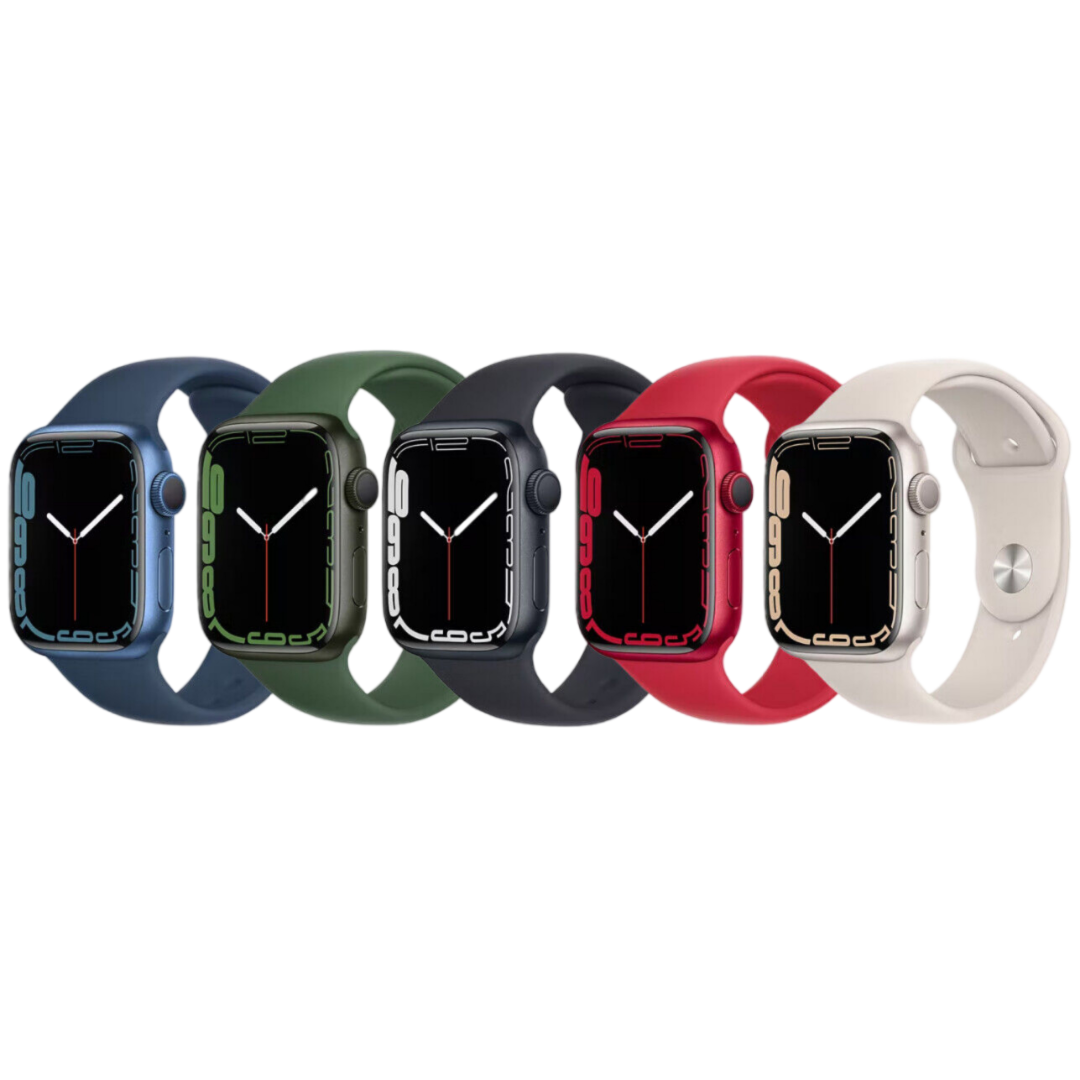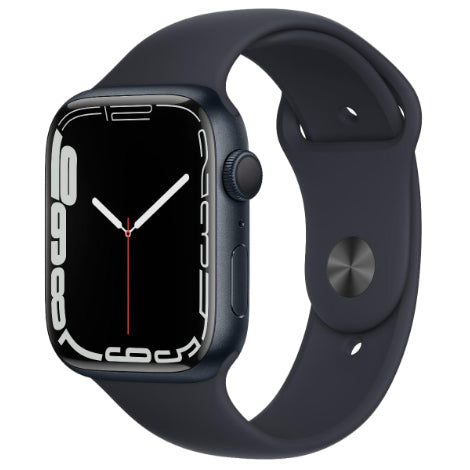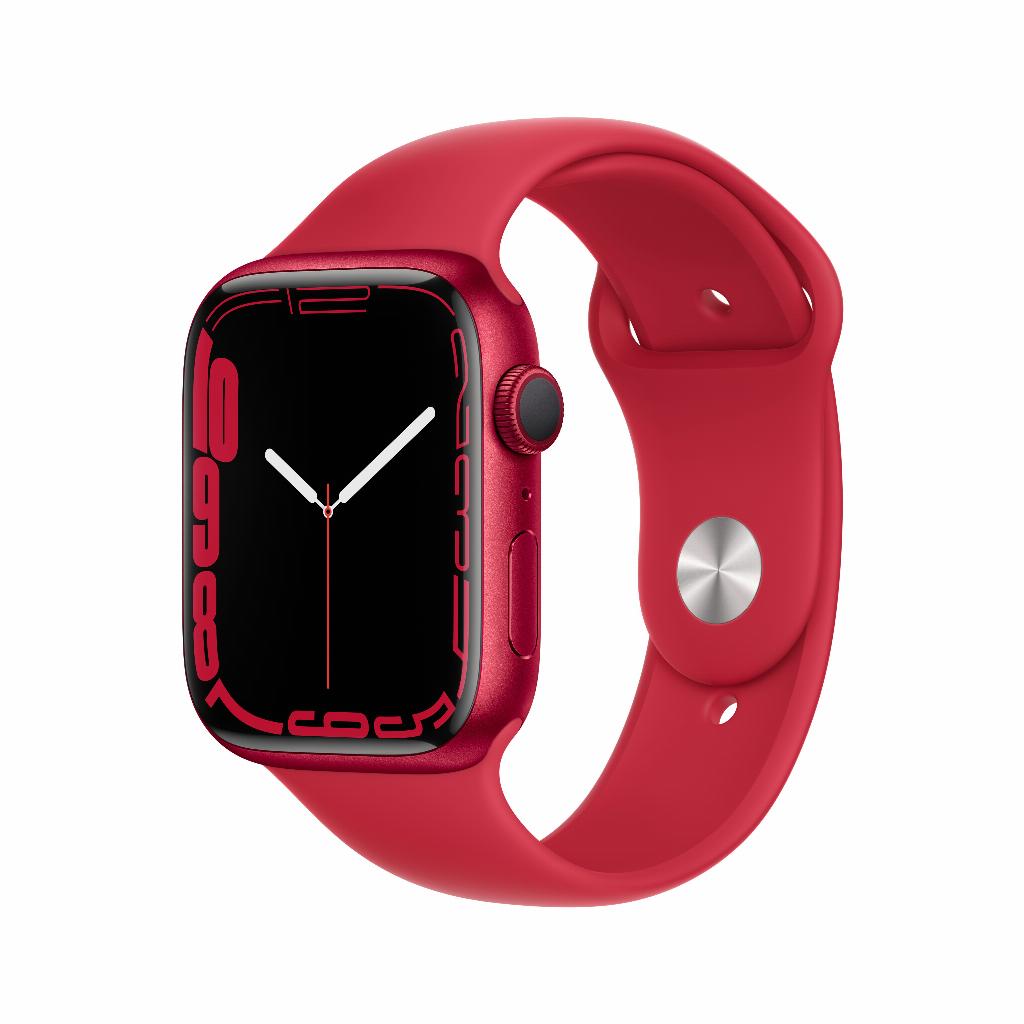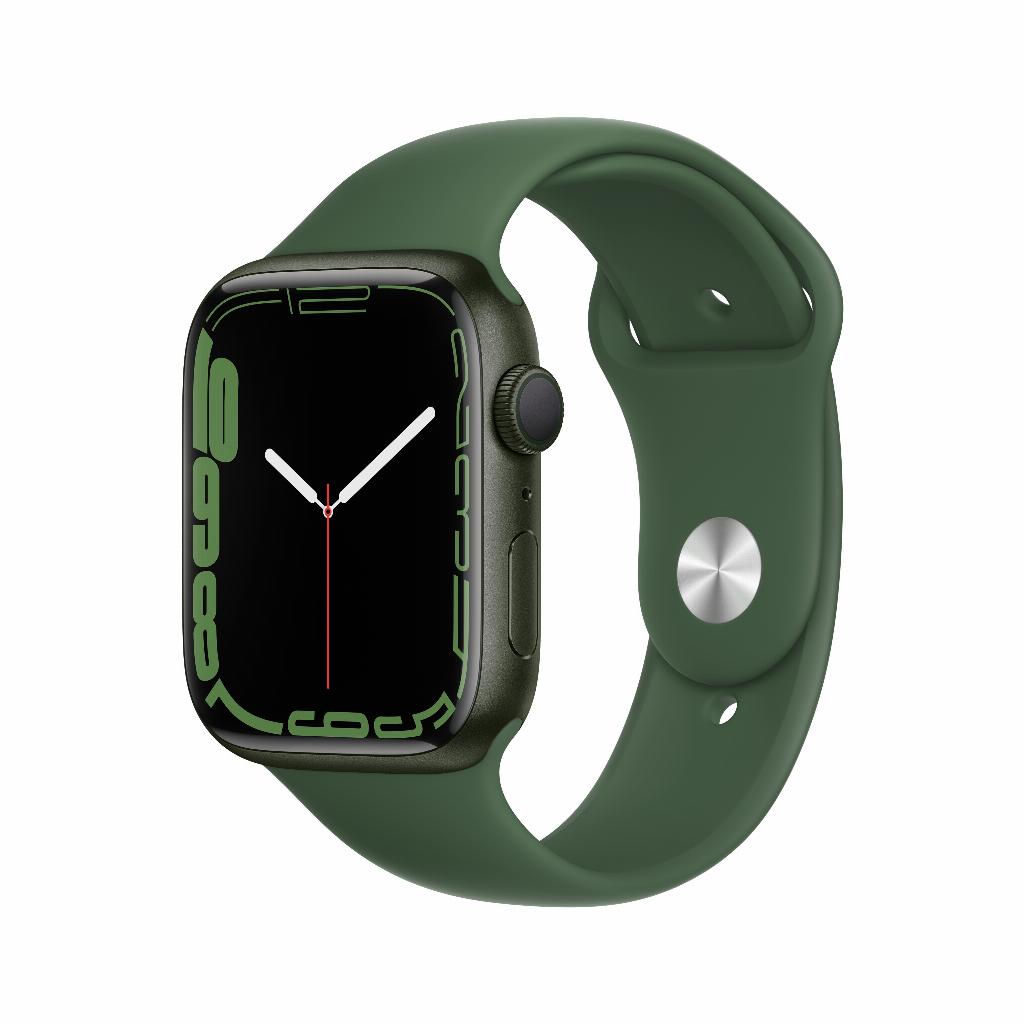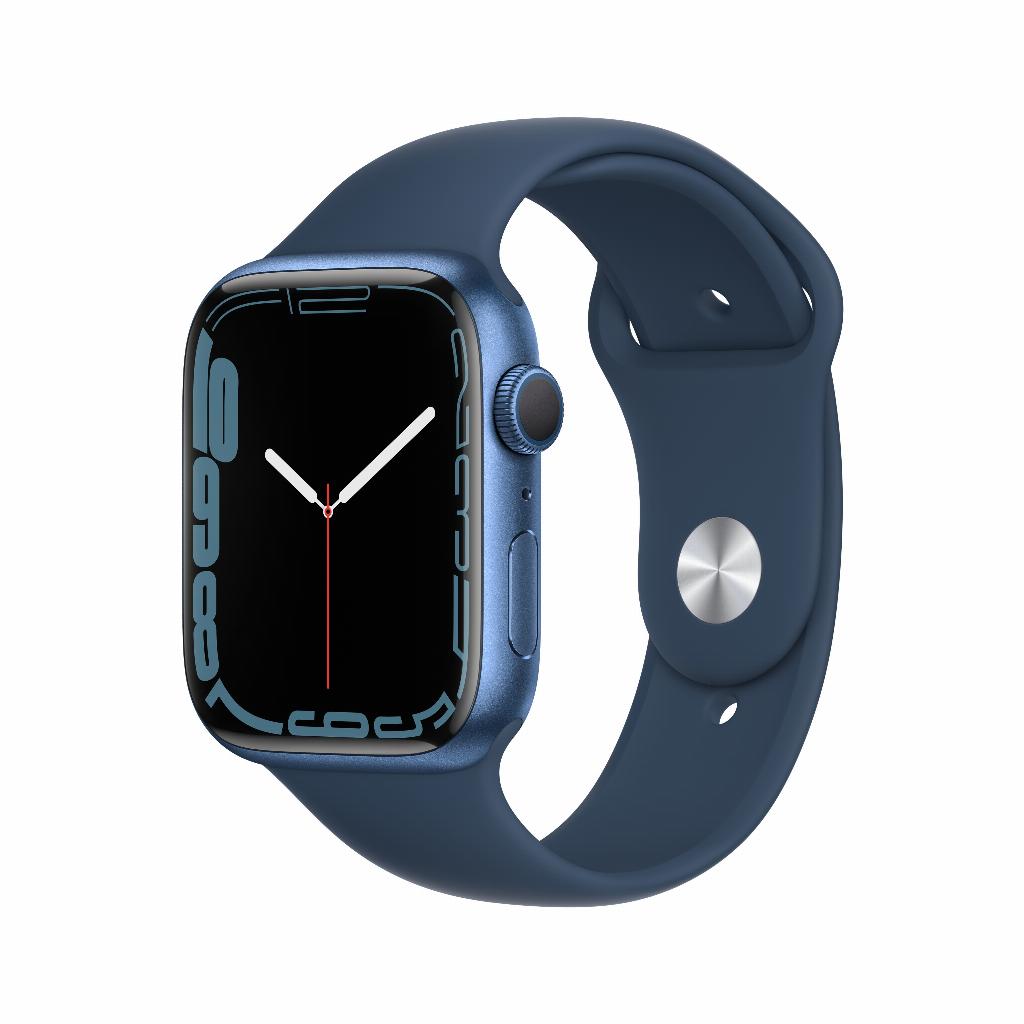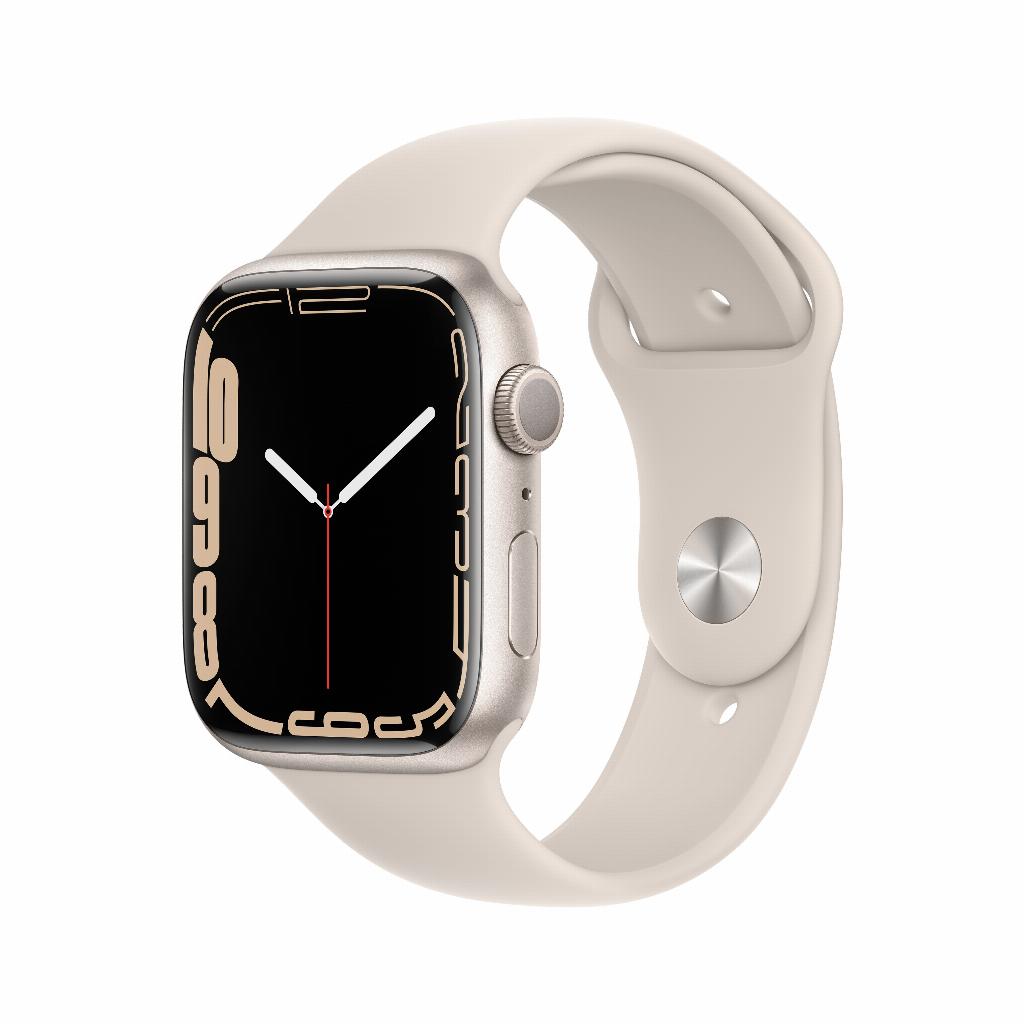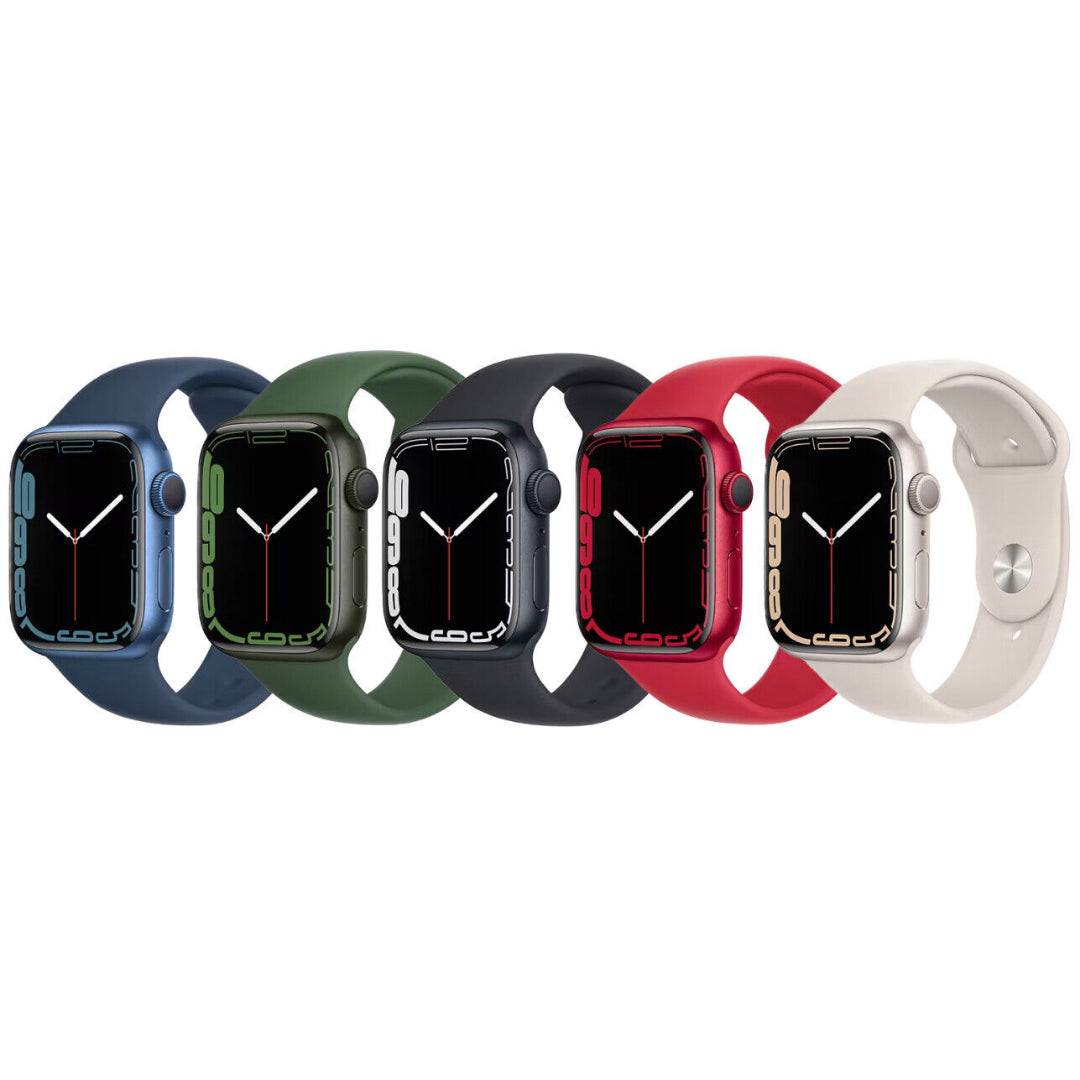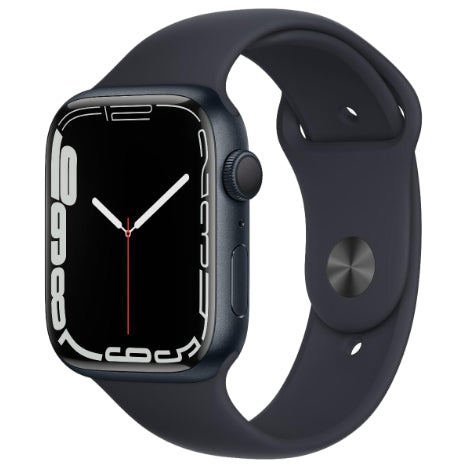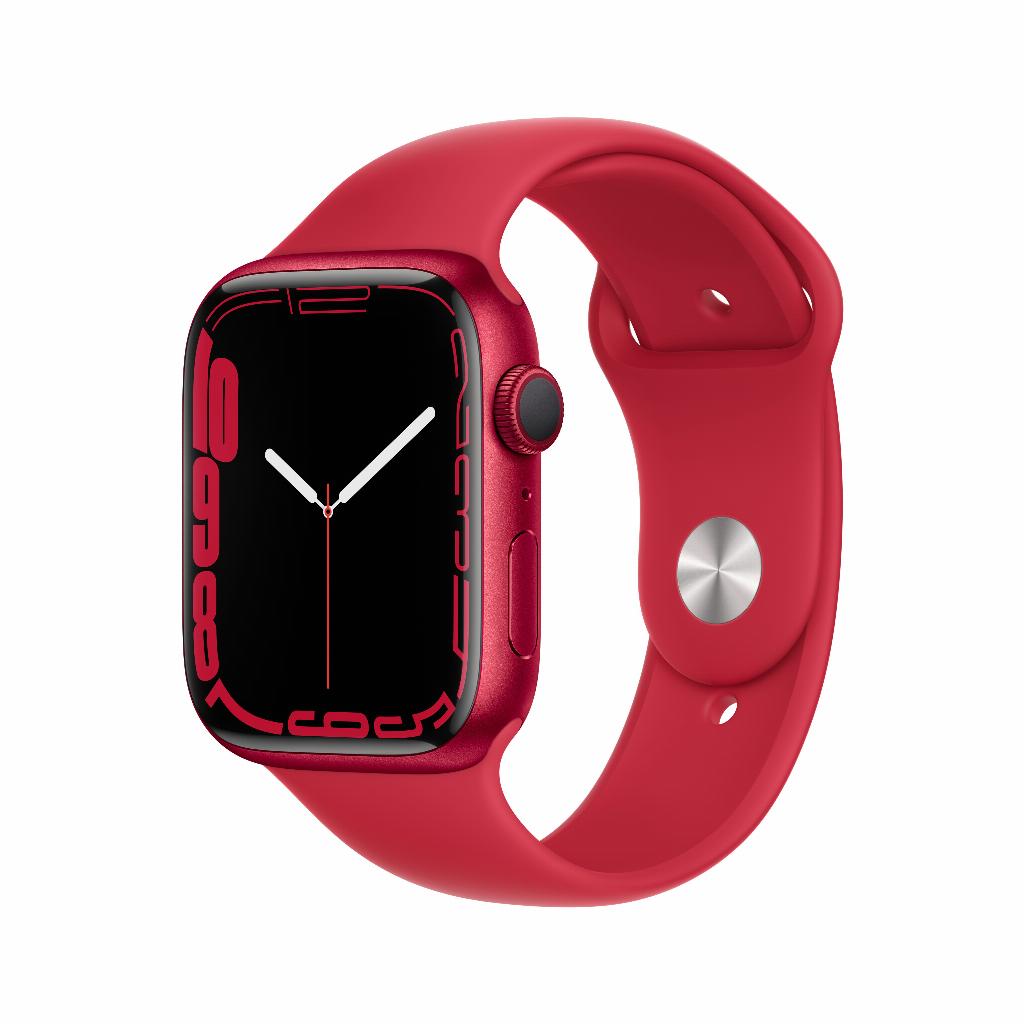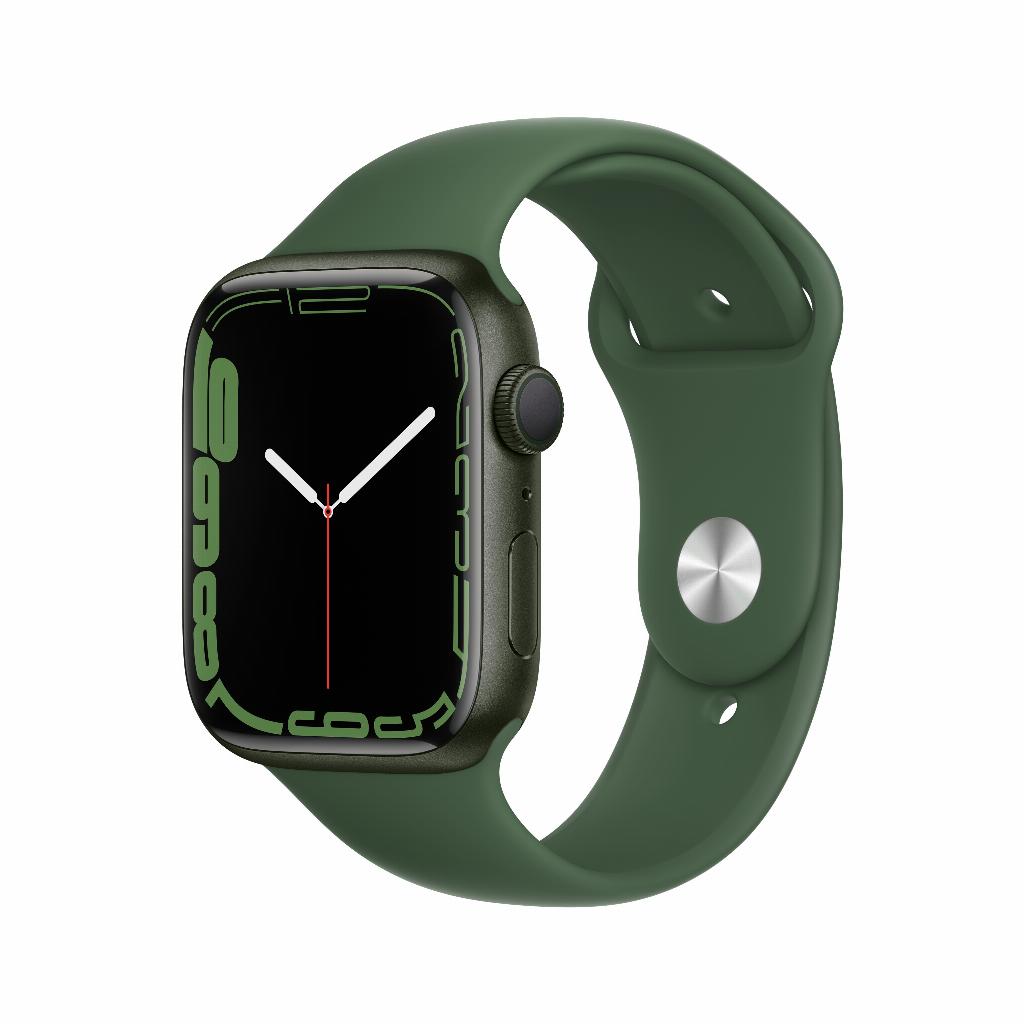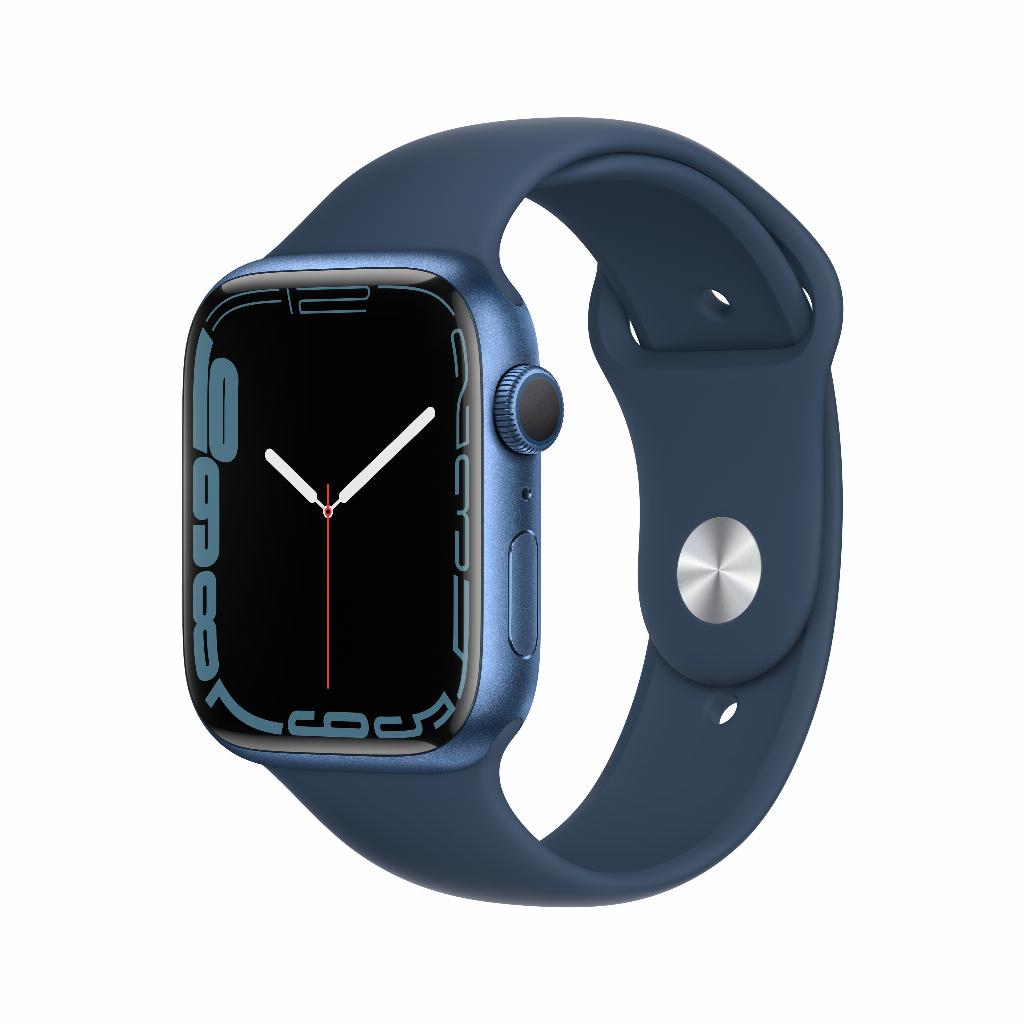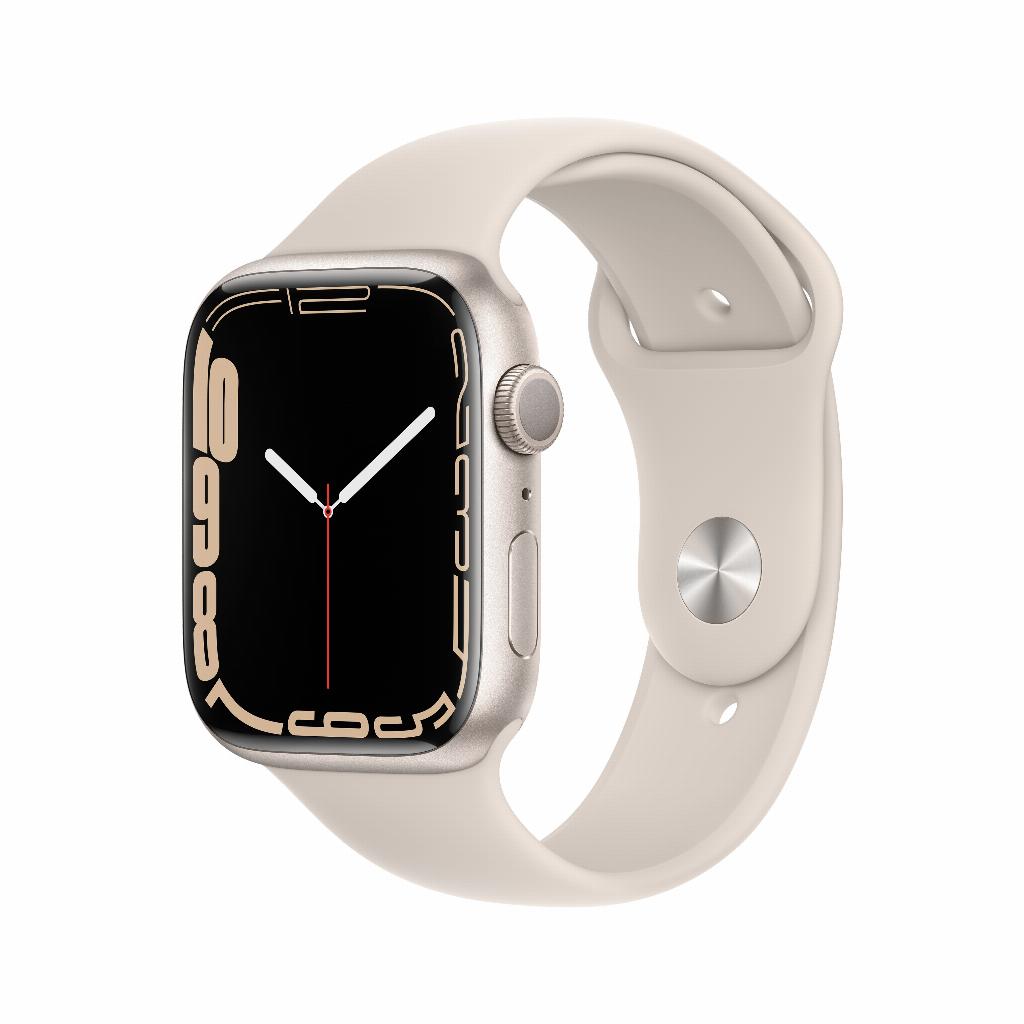The Apple Watch band choice overload
Sports band or leather? 44mm or 40mm? Original or alternative? Choosing an Apple Watch band should be simple. You scroll through the options, pick what you like, and you're done. But it doesn't work that way. You're drowning in choices. Silicone for sports, leather for the office, metal for a night out. And then there are the dozens of colors and prices ranging from twenty to two hundred euros.
However, the real problem lies elsewhere. It's not about how much choice you have, but about how few people realize that one well-chosen band does more for you than three mediocre ones . Just like with other accessories you use daily—think your AirPods —the quality determines your satisfaction with them, not the quantity.
Useful links
- Apple Watch collection - discover our refurbished models
- iPhone screen protectors - protect your other Apple devices too
- iPad collection - complete your Apple ecosystem
Step 1: First determine your wearing comfort priorities
The weight of your strap determines how your watch feels during all-day wear. A fluoroelastomer sports strap weighs about 30 grams, while a Milanese loop easily weighs 40 to 50 grams. You'll especially notice that 20-gram difference during exercise or when typing for extended periods.
Ventilation also plays a role. Silicone straps with perforations allow your skin to breathe, but not all materials do. A leather strap looks professional during meetings, but can feel uncomfortable after a hot summer day. The nylon sport loop combines both advantages: it breathes well and looks smart enough for the office.
Step 2: Check compatibility with your model
The band size depends on your case size, not your wrist circumference. A 38mm, 40mm, or 41mm Apple Watch uses the same bands. The same applies to the 42mm, 44mm, 45mm, and 49mm models. These two groups are not interchangeable.
Check the back of your watch for the exact model number. If it says "42mm" or "Series 7 45mm," for example, you'll know what strap width you need. If you're unsure, measure the width of your current strap where it attaches to the case. This should be 22mm or 24mm.
Step 3: Match the strap to your daily activities
For athletes and active users
The classic Sports Band remains popular for good reason. The fluoroelastomer is sweat-resistant, dries quickly, and you can rinse it under the tap. The pin-and-tuck closure ensures the band stays in place during intense exercise.
The sport loop (the woven nylon version) offers more breathability but dries more slowly. Ideal for yoga or walking, less suitable for swimming. The hook-and-loop closure adjusts effortlessly during exercise when your wrist swells.
For the business environment
A leather strap instantly gives your Apple Watch a more classic look. The modern leather strap with a magnetic closure combines comfort with style. After a few weeks of wear, the leather will conform to your wrist.
The Milanese loop remains a timeless choice. The woven stainless steel complements both a suit and a casual outfit. The magnetic closure allows for infinite adjustments, perfect if your wrist changes size throughout the day.
For daily use
The braided solo loop eliminates all buckles and closures. You simply slide it over your hand and you're done. Downside: the size must be exactly right. Apple offers a printable sizing guide, but many users report being between sizes.
The new FineWoven bands (Apple's sustainable alternative to leather) combine a sleek look with ease of care. They're made from recycled materials yet feel premium.
Step 4: Consider Original vs. Alternative
Original Apple bands cost between €49 and €449. This price is for a guaranteed fit, durable materials, and thoughtful details like a seamless connection to the watch case.
Alternative straps start at just €10. Quality varies widely. Good alternatives use similar materials to Apple's but save on packaging and brand value. Pay attention to user reviews that specifically discuss durability after a few months.
What to look out for when considering alternatives:
- Connector quality : cheap adapters can come loose or scratch your watch case
- Material thickness : straps that are too thin will stretch or tear at the holes
- Colorfastness : Some cheap silicone bands lose their color or stain your skin
- Allergies : Non-certified materials may cause skin irritation.
Step 5: Think about seasons and occasions
There's no such thing as a one-size-fits-all band. Most Apple Watch users have two or three. Here's a practical approach:
- Everyday strap : comfortable and neutral, like a sports strap in a dark color
- Sports/outdoor strap : water-resistant and easy to clean
- Occasion bracelet : leather or metal for social events
Change it up with the seasons. A leather strap in winter, a light nylon one in summer. Dark colors in autumn, fresh hues in spring.
Maintenance extends the lifespan
Rinse silicone and fluoroelastomer bands with water and mild soap. Do not use harsh cleaning agents; they will damage the material. Dry them completely before putting them back on.
Treat leather straps like other leather products. Avoid water as much as possible. Use leather cream to keep them supple. Store them stretched out, not rolled up.
Clean metal straps with a microfiber cloth. For stubborn dirt between the links, a soft toothbrush with some soapy water works. Dry thoroughly to prevent water stains.
Nylon and woven straps can be washed in the washing machine (in a laundry bag, without fabric softener). Let them air dry, do not tumble dry.
Comparing prices pays off
Timing is everything when buying Apple bands. Original models rarely go on sale, except when Apple discontinues a color. Then prices sometimes drop by 30-40%.
Refurbished or used straps offer value, provided you look closely. Check photos for wear around the holes, discoloration, and the condition of the connector. A lightly used original strap for €30 might be a better buy than a new alternative for €20.
Final considerations
The best choice depends on your specific situation. A nurse who constantly washes her hands has different needs than a graphic designer. A runner in Amsterdam has different priorities than a swimmer in Zeeland.
Whenever possible, test straps in a physical store. You'll only truly experience the texture, weight, and clasp when you wear them. Online reviews help, but your wrist size and wearing preferences are unique.
Invest in quality for your primary strap. You'll likely wear this one 80% of the time. For occasional straps, you can experiment with less expensive alternatives.
Quality over quantity
There's no such thing as the perfect Apple Watch band, but there is a perfect combination for your situation . Start with one high-quality model that fits your daily routine. Build from there with a sporty or casual version.
Whether you choose a refurbished Apple Watch or already own one, the right strap makes the difference between a gadget you wear and an accessory you enjoy. Quality over quantity remains the motto.


